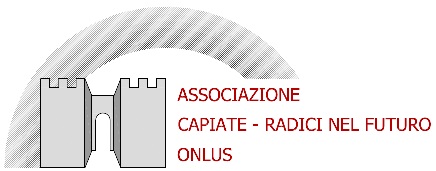|
Romans were used to name "Gallia Comata " the Gallic countries that Rome had still to conquer, or the Gallic
provinces that had not completely assimilated the Latin culture yet.
The adjective “comata” comes from the Latin word “comatus” which means
"longhaired, hairy." Celtic people were used to wear long hair and bushy
beards, in opposite to Romans who preferred short hair and fresh faces.
The term was utilized to indicate the Gallic ethnic group, its specific
characteristics, and the territories where they lived.
|
|
During
the Republican period, Rome fought
against the Celtic people who lived in the northern countries of Italy. From the III century B.C.,
military actions took place in Cisalpine Gaul (more or less the current
Po Valley), over the Apennines. Celts
named Boii, who lived there, called for help the Transalpine Gallic
people. So, they moved from
regions beyond the Alps, invaded the Cisalpine Gaul
and opposed the Roman legions advance. For nearly a century Rome tried to defeat Liguri, Boii and Insubrii,
all Celtic people. Eventually,
Rome
was successful: the Cisalpine became a Roman province at the end of the
II century B.C.
The countries of the Transalpine Gaul (the present
France) fell under
Rome
in different periods. In the year 121 B.C., Narbonense Gaul - which
nowadays corresponds to the southern
France
– became a Roman province. The conquest of the remaining Gallic
territories was completed by Julius Caesar between 58 and 50 B.C. He
wrote about that war in his "De Bello Gallico".
At Caesar's time, the name Comata was specifically used to indicate the
part of Gaul that Rome
had still to conquer, which nowadays corresponds to northern France, Belgium,
Netherlands, and parts of Germany and Switzerland.
Likely also the Narbonense and Cisalpine Gaul
were called Comatae before becoming Roman provinces.
* * *
Comatina (also written Comacina), means small Comata. It was a small
area, likely the country where Celtic people could yet live after
Rome had conquered the Cisalpine Gaul
(III and II centuries B.C.). In the following centuries, this region
kept his name despite its inhabitants had already assimilated the Roman
culture.
“As I could see, after a little while [from Roman conquest] the Celts
had been completely expelled from the Po Valley, except from few lands
next to Alps
bottom"
(Polybius,
Historiae, II,35,4)
|
